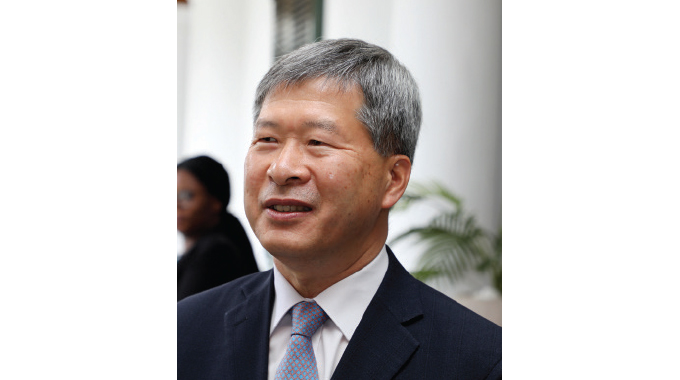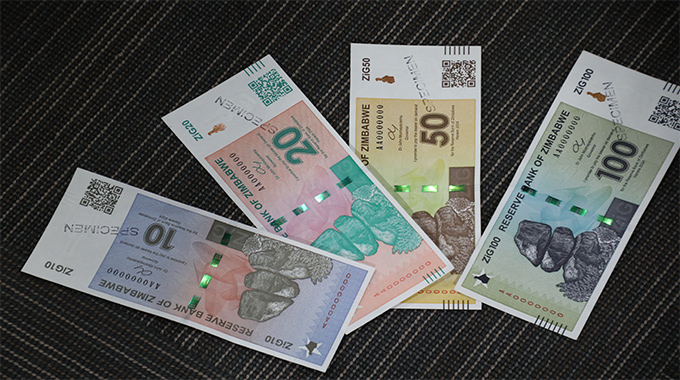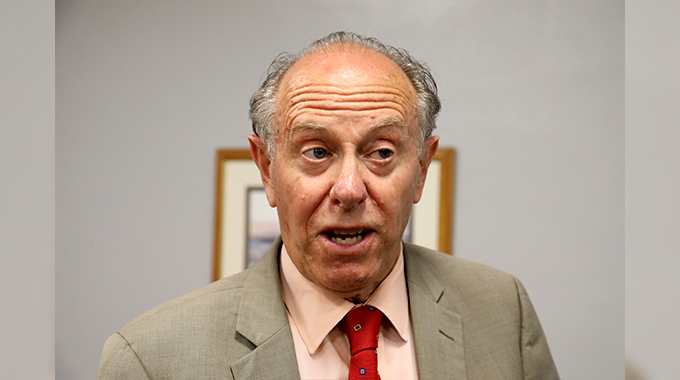University of Zimbabwe students develop new system to tame traffic jams

Sifelani Tsiko, Innovations Editor
A team of six University of Zimbabwe computer engineering and informatics students have come up with a smart traffic signalling system that gives more green signals for the direction which has the highest density of vehicles.
With their prototype christened the: “Smart Traffic Management System,” the team of second-year BSc Computer Engineering, Informatics and Communication students hope to speed up traffic more smartly in the country’s towns and cities.
The team made up of Kudakwashe Simango (21), Tatenda Nyakudziguma (21), Patrick Madzimure (24), Kudakwashe Muzari (22), Craig Nyamukondiwa (21) and Christal Zinatsa (21) want their prototype to reach commercialisation stage to manage congestion and do away with unnecessary delays. The students were participants at the recently held UZ Research Innovation and Industrialisation Week held under the theme: “Nurturing a new generation of industries and entrepreneurs towards Zimbabwe’s Vision 2030.”
This annual event aims to showcase various innovations, products, goods and services generated at the UZ’s research, innovation and industrialisation platforms.
“On our congested roads here in Harare, it is usually seen that the traffic on the side of the road where we are traveling is crowded and the opposite side is almost empty but the green signal is given for the same period for every direction without assigning any priority,” said Nyakudziguma, the team leader. “This current traffic signalling system is inefficient in terms of time allocation. A motorist can be stopped even if there is no car coming from the other side. The system that we have developed can count the number of cars on each side of a traffic intersection or junction and the side with the most cars will be given more green light.”
At present, in Harare and most other cities and towns, the waiting duration for vehicles at traffic signals is equally divided irrespective of the density.
Nyakudziguma said the smart traffic system will have cameras and count sensors attached to major traffic signals that send live feed to the control room.
“It’s an intelligent system and it can make decisions on its own. We’re planning to run trials at the junction of UZ Road and Churchill Avenue. We’re using artificial intelligence systems too,” he said.
This innovative system uses cameras that are strategically placed to collect real-time data on traffic patterns.
By analysing this data, the system can adjust traffic signal timings to reduce congestion and minimise delays.
“This can improve transportation efficiency and safety, making life easier for residents and visitors alike. While the system requires significant investment, the potential benefits are significant,” the researchers said.
This project demonstrates the power of technology to solve real-world problems and improve people’s lives. This system is simply a stepping stone to creating a safer environment for drivers and pedestrians all over.”
The students plan to license their smart traffic management system as a start-up so that it is implemented in the country once adequate resources are available for its commercialisation.
“It was quite an interesting and very challenging experience to get to make this project prototype with my team but through support of our supervisor Mr Michael Munyaradzi (a senior UZ lecturer), we had to learn quite a lot,” said Muzari.
“We are ready to take off and implement it and reduce congestion on our roads.”
The students have tested the smart signal system through online simulation.
The University of Zimbabwe now has a vibrant innovation hub which is at the forefront of cutting edge discovery and knowledge production ever since the country started the implementation of heritage-based Education 5.0 for the modernisation and industrialisation of the country.
Education 5.0 is based on five major components that include teaching, research, community service, innovation and industrialisation.
“We are very grateful that the Government has invested heavily in the construction of the UZ Innovation Hub to promote innovation and research that addresses the country’s pressing problems,” said UZ executive director of research innovation Professor Florence Mtambanengwe.
“We’re so happy that our young and talented minds are now harnessing scientific approaches and technology to help the country attain industrialisation and build a critical knowledge capital and relevant skills.
“With the support of the UZ Innovation Hub, we’re helping our young innovators to open and register companies to commercialise their research products.”
The number of vehicles registered in Zimbabwe has hit 1 467 955, showing a 6,9 percent increase in 2022 from 1 373 431 reported in 2021, according to the Zimbabwe National Statistics Agency (ZimStat).
Over the past three decades, there has been a growth of the informal public transport sector and more use of private cars in Zimbabwe, leading to congestion in Harare and other major cities such as Bulawayo, Gweru, Kwekwe, Mutare and Masvingo. The ever-growing desire by Zimbabweans to own cars has led to a rise in car imports, particularly the ex-Japanese models.
Traffic jams are now serious and most roads to the Harare central business district are unnavigable at peak times compounded by impatient mshikashika drivers. Malfunction and old traffic signal systems have made the situation worse.











Comments